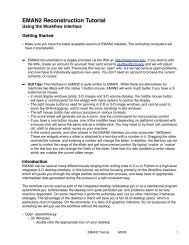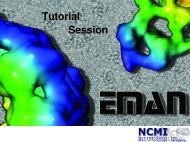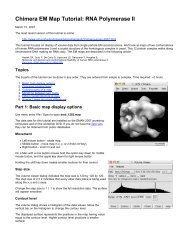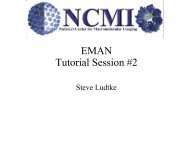Supplementary Figure 1 Fourier shell correlation between ...
Supplementary Figure 1 Fourier shell correlation between ...
Supplementary Figure 1 Fourier shell correlation between ...
You also want an ePaper? Increase the reach of your titles
YUMPU automatically turns print PDFs into web optimized ePapers that Google loves.
Supplemental Text and <strong>Figure</strong>s<strong>Supplementary</strong> <strong>Figure</strong> 1<strong>Fourier</strong> <strong>shell</strong> <strong>correlation</strong> <strong>between</strong> reconstructions from even and odd halves of the data set. Athreshold of 0.5 is used to assess the resolution of the final cryo-EM reconstructions: (A) TClpB-AMPPNP, (B) Trap-ATP, (C) TClpB-ADP, (D) and TClpB-apo.<strong>Supplementary</strong> <strong>Figure</strong> 1
<strong>Supplementary</strong> <strong>Figure</strong> 2Isosurface representation of the TClpB hexamer in different nucleotide states. The figure showstop down, side, and cut-away side views of the Trap-ATP, TClpB-ADP, and TClpB-apo hexamerobtained by cryo-EM and single particle reconstruction techniques. To compare the cryo-EMstructure of the Trap-ATP hexamer with those of the ADP and apo states, we low-pass filteredthe high-resolution cryo-EM map of the Trap-ATP hexamer (shown in gold) to a resolutioncomparable to that of the TClpB-ADP hexamer (~17 Å). The cryo-EM maps of the TClpB-ADPand TClpB-apo hexamer are colored cyan and remain unchanged (as depicted in <strong>Figure</strong> 2). Thecryo-EM reconstruction of the Trap-ATP hexamer clearly shows that the pore of the AAA-1 ringis much wider in the ADP and apo states (compare isosurface representations of the differentnucleotide states in the top down and cut-away side views). The additional mass at the pore isonly seen in the ATP-activated state (represented by the Trap-ATP hexamer) and not in the ADPand apo states. As depicted in <strong>Figure</strong>s 4 and 5A, the additional mass accounts for the D1 loopsthat are stabilized at the central pore, resulting in a larger, solvent-exposed, upper surface area ofthe D1 ring, which is critical for high-affinity substrate binding.<strong>Supplementary</strong> <strong>Figure</strong> 2












